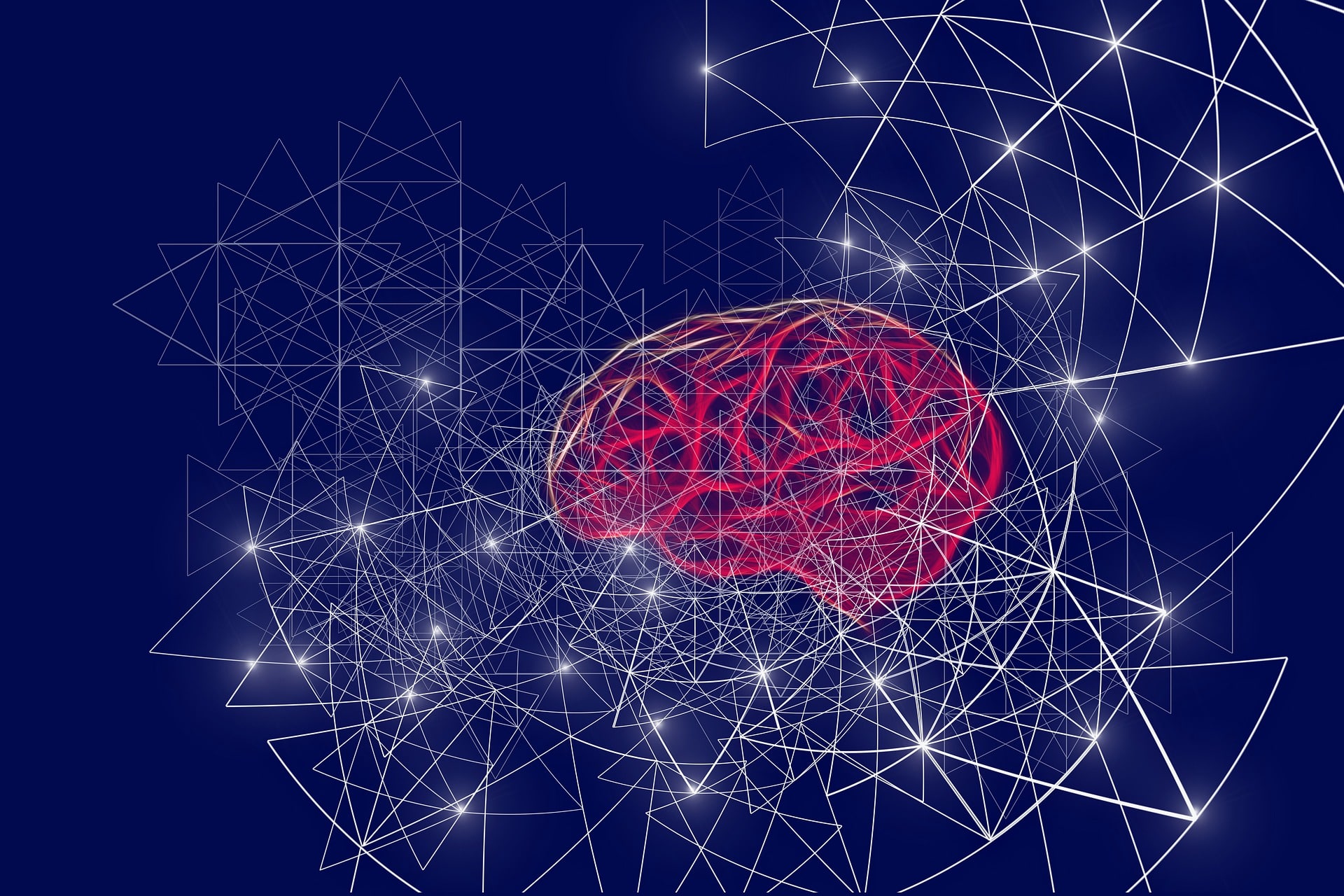
Artificial intelligence (AI), machine learning (ML), and deep learning (DL) are terms that are frequently used interchangeably, but they are not synonymous. Understanding the distinctions between these technologies is critical for anybody working in the area or interested in how artificial intelligence is altering our environment. AI, ML, and DL are all related but distinct technologies. AI is the broadest term and refers to any computer system that can perform tasks that would normally require human intelligence. ML is a specific subset of AI that focuses on learning from data, while DL is a type of ML that uses neural networks. Understanding the differences between these technologies can help professionals and enthusiasts better understand how they can be applied in different fields and how they will shape the future.
AI: Artificial intelligence is the broadest term, referring to any computer system that can perform tasks that would normally require human intelligence. This includes things like understanding natural language, recognizing images, and making decisions.
ML: Machine learning is a subset of AI that focuses on the development of algorithms that allow computers to learn from data. These algorithms are designed to improve their performance over time without being explicitly programmed. Common applications of ML include image and speech recognition, natural language processing, and predictive analytics.
DL: Deep Learning is a specific type of ML that uses neural networks, which are computer systems modeled after the human brain. DL algorithms are able to learn and make decisions on their own, without the need for human intervention. DL is particularly useful for tasks that involve large amounts of data and complex patterns, such as image and speech recognition, and natural language processing.
Imagine a pyramid to help you understand how these technologies differ from one another. AI is the most inclusive and all-encompassing category at the top. ML is a step down from AI because it is a particular branch of AI that concentrates on data-driven learning. With the usage of neural networks, DL is a subset of ML that is even more specialized.
Their degree of autonomy is another method to separate them. AI systems can be created to be autonomous, such as self-driving cars, or they can be created to support people in making decisions, such as voice assistants. Although ML algorithms are intended to learn from data and become more effective over time, humans are still required to give the data, adjust the parameters, and make choices. DL algorithms are the most autonomous since they can learn and decide for themselves without assistance from a human.


